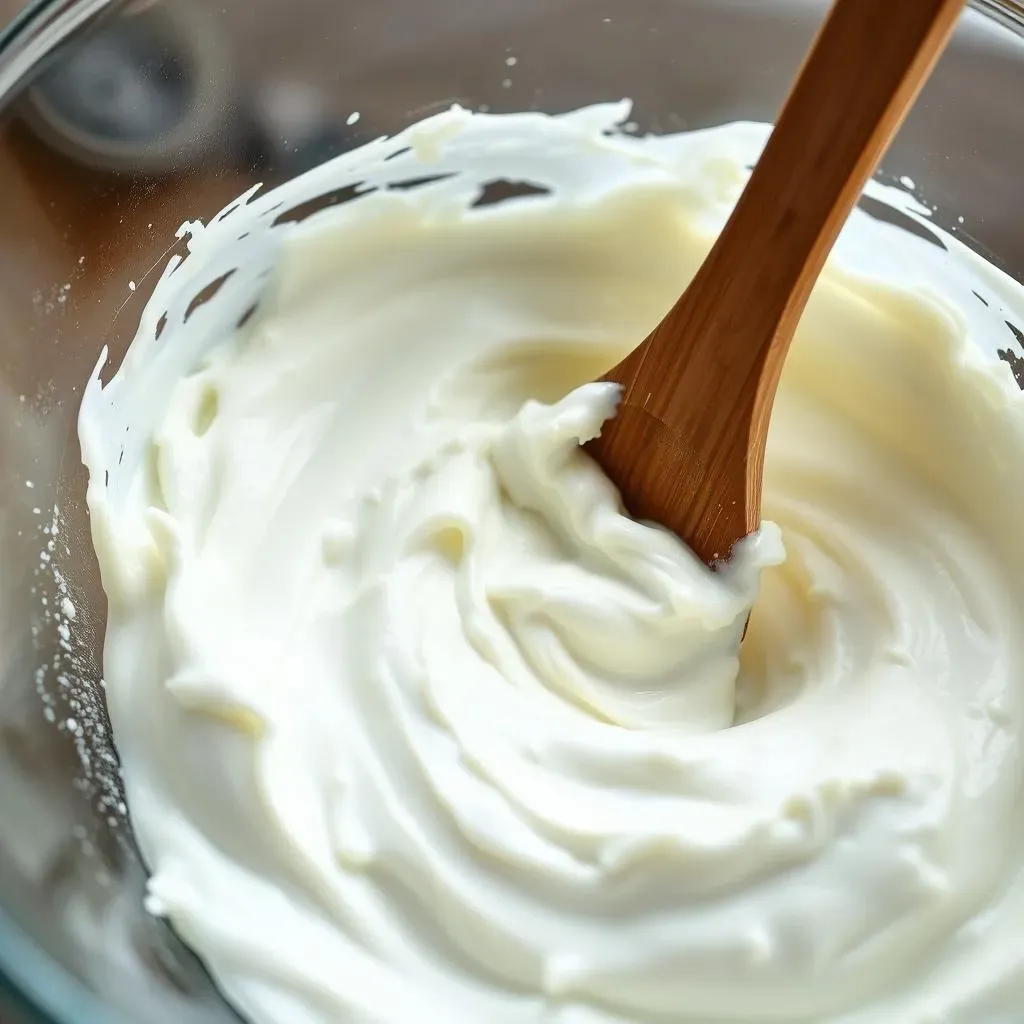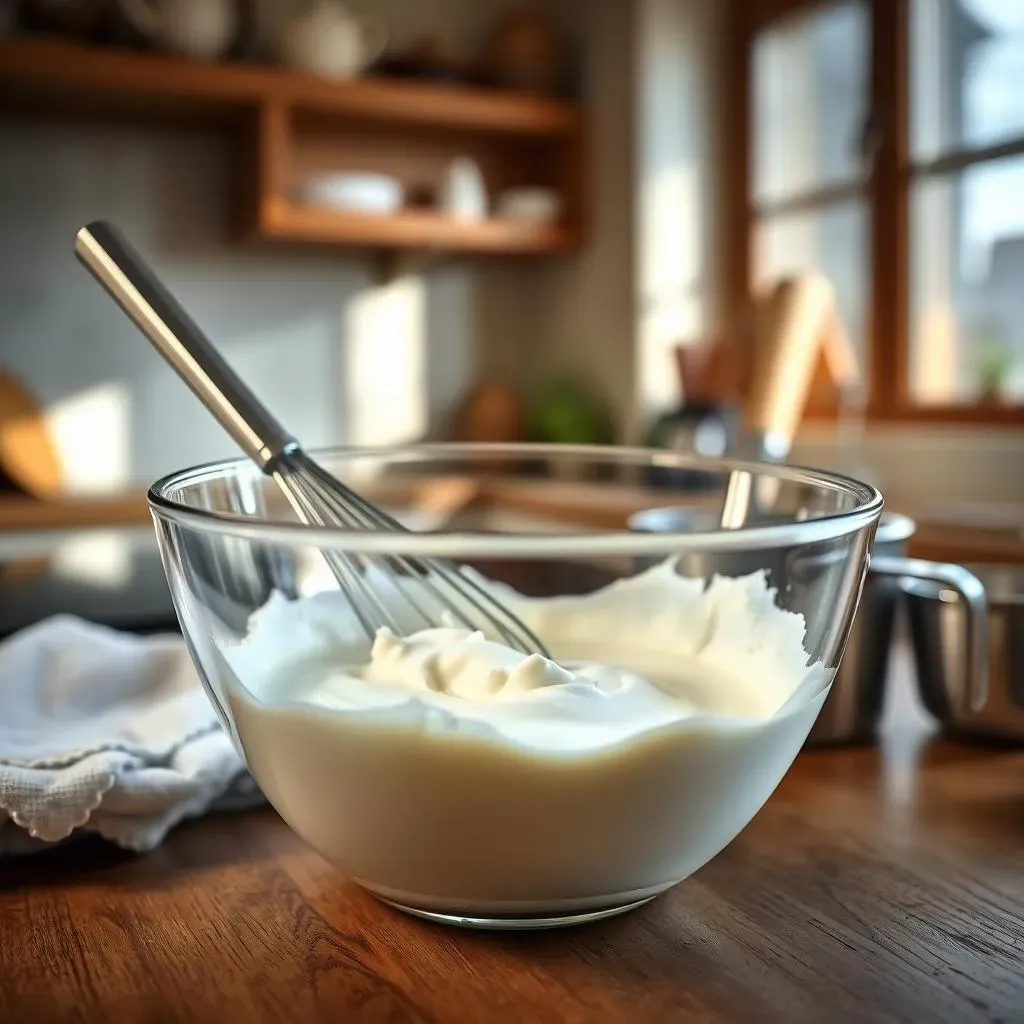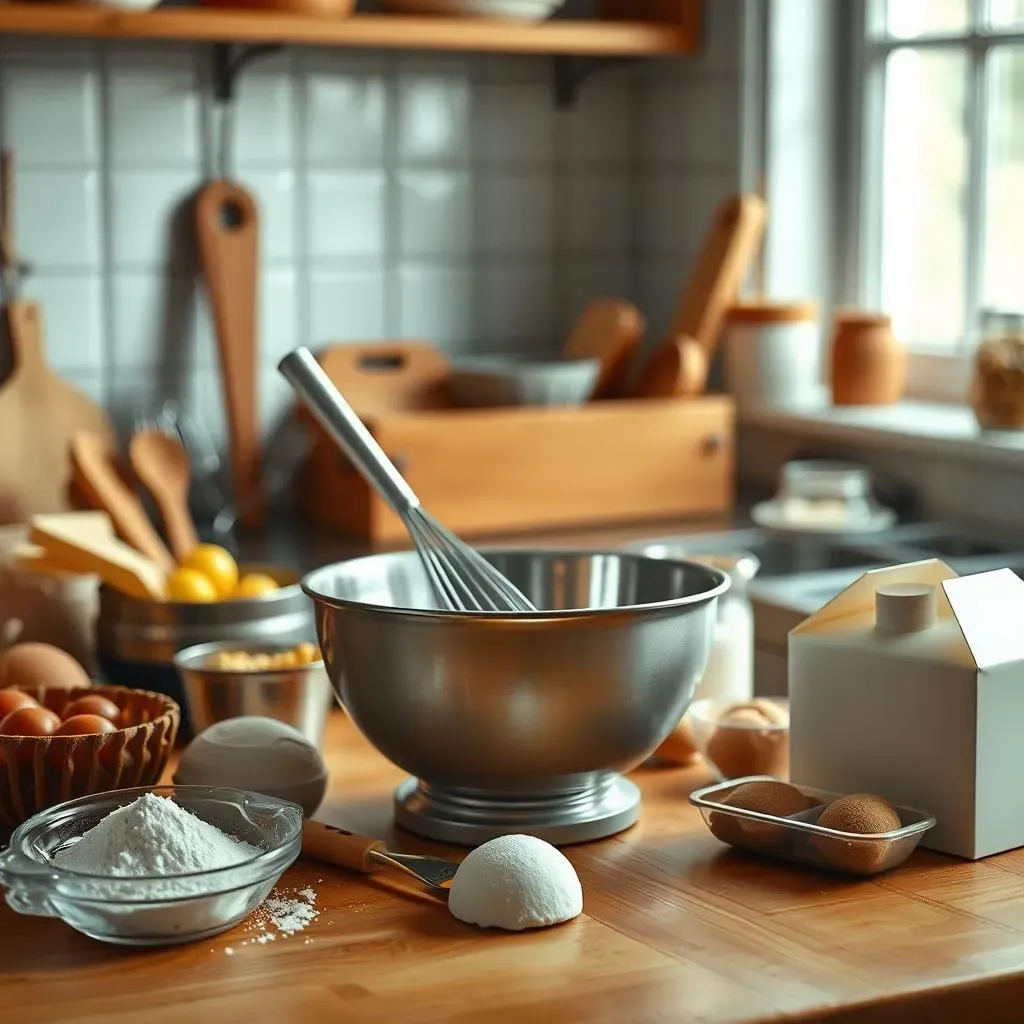Table of Contents
Ever stared into your fridge, recipe in hand, only to realize you're fresh out of buttermilk? It's a baking bummer, I know. But don't let that stop you from creating that delicious Chocolate Zucchini cake or whatever you're dreaming of. The good news is, you can absolutely substitute sour cream for buttermilk, and I'm here to show you how. This isn't just about swapping ingredients; it's about understanding how to get that perfect texture and tang in your baked goods. We'll explore why this swap works, the simple adjustments you might need to make, and how to ensure your cakes and muffins turn out just as amazing. This guide is your go-to for navigating the world of baking substitutions, making sure you can whip up something great, even without buttermilk on hand. So, let's get started and turn that baking mishap into a baking masterpiece!
Sour Cream: A Buttermilk Substitute?

Sour Cream: A Buttermilk Substitute?
Okay, so you're staring at that recipe calling for buttermilk, and all you've got is a tub of sour cream. I've been there, trust me. The big question is, can sour cream really stand in for buttermilk? The short answer is, yes, absolutely! They're not identical twins, but they're definitely cousins in the dairy family. Buttermilk brings a certain tang and lightness to baked goods, thanks to its acidity and liquidy nature. Sour cream, on the other hand, is thicker and has a slightly different flavor profile. The key here is that both are acidic, and that acidity is what reacts with baking soda or powder to give your cakes and muffins that lovely lift. It's all about understanding the differences and making a few smart tweaks.
How to Substitute Sour Cream for Buttermilk

How to Substitute Sour Cream for Buttermilk
The Basic Swap
Okay, so we know they're cousins, not twins. But how do we actually make the swap? The most common method is to use a 1:1 ratio of sour cream to buttermilk, but with a little adjustment. Since sour cream is thicker, we need to thin it out to mimic the liquid consistency of buttermilk. Think of it like this: you're trying to create a buttermilk doppelganger, not just plop in a dollop of sour cream. Start by measuring out the amount of buttermilk your recipe calls for. Then, use that same amount in sour cream.
Thinning is Key
Now, here's where the magic happens. To thin out that sour cream, you've got a couple of options. You can use milk, water, or even a mix of both. Start by adding a tablespoon or two of your chosen liquid to the sour cream and stir it well. Keep adding liquid, a little at a time, until the mixture reaches a consistency similar to buttermilk – pourable, but not watery. It's all about eyeballing it a bit here, but you'll get the hang of it with practice. Remember, you want it to be thin enough to mix evenly into your batter, but not so thin that it loses its tang.
Here is a guide to help you:
Buttermilk | Sour Cream | Liquid(Milk or Water) |
|---|---|---|
1 cup | 1 cup | 2-4 tablespoons |
1/2 cup | 1/2 cup | 1-2 tablespoons |
Boosting the Tang
One last thing to consider is that buttermilk tends to have a slightly higher acidity than sour cream, which is crucial for that classic buttermilk tang and the proper leavening of your baked goods. To give your sour cream a boost, add a teaspoon of lemon juice or white vinegar for every cup of sour cream you’re using. This little trick will mimic the acidity of buttermilk, ensuring your baking soda or powder does its job. Trust me, that extra bit of tang makes all the difference. It's like adding a secret ingredient that makes your dish sing.
Baking Success: Sour Cream in Place of Buttermilk

Baking Success: Sour Cream in Place of Buttermilk
The Texture Test
Alright, you've prepped your sour cream, it's thinned out and tangy, ready to go. But how do you know if it's going to work? Well, the proof is in the pudding, or in this case, the batter. After you've mixed in your sour cream substitute, the batter should look smooth and well-combined. It shouldn't be too thick or too runny. If it feels too dense, add a tiny bit more liquid, a teaspoon at a time. If it seems too thin, you might need to add a little more flour, but do this sparingly. The key is to aim for that Goldilocks zone – just right. Don't be afraid to trust your instincts and adjust as needed.
Recipe Adaptations
Now, this substitution isn't a one-size-fits-all situation. Some recipes might need a bit more tweaking than others. For instance, if you're making a delicate cake, like a sponge cake, you might want to be extra careful with the amount of liquid you add. Start with less, and add more as needed. On the flip side, if you're baking something dense, like a muffin or a quick bread, you might need a bit more liquid to achieve the right consistency. It's always a good idea to test your batter with a small sample before baking the whole thing. A little practice goes a long way, and soon you'll be a master of substitution. Remember, baking is a science, but it's also an art, so don't be afraid to experiment a little.
Here's a quick guide for different baking types:
Baking Type | Liquid Adjustment | Additional Tips |
|---|---|---|
Cakes | Start with less liquid, add as needed | Be careful not to overmix the batter |
Muffins | May need more liquid | Can handle more liquid than cakes |
Quick Breads | Adjust liquid based on batter consistency | Check for proper consistency before baking |
The Taste Test
Okay, the moment of truth – the taste test. After your baked goods have cooled, it's time to see if all your hard work paid off. If you've made the substitution correctly, the final product should be moist, tender, and have that lovely tang that buttermilk brings. If it’s a bit flat, you might need to add a bit more lemon juice next time, or if it’s too dense, you might need more liquid. Baking is a journey, and every time you bake, you learn something new. So don't be discouraged if it's not perfect the first time. Just keep experimenting, and you’ll become a pro at using sour cream as a buttermilk substitute in no time. Remember, even if it’s not perfect, it’s still homemade and delicious.
"The best way to learn is by doing, and sometimes, by making a few happy mistakes along the way." - A Wise Baker